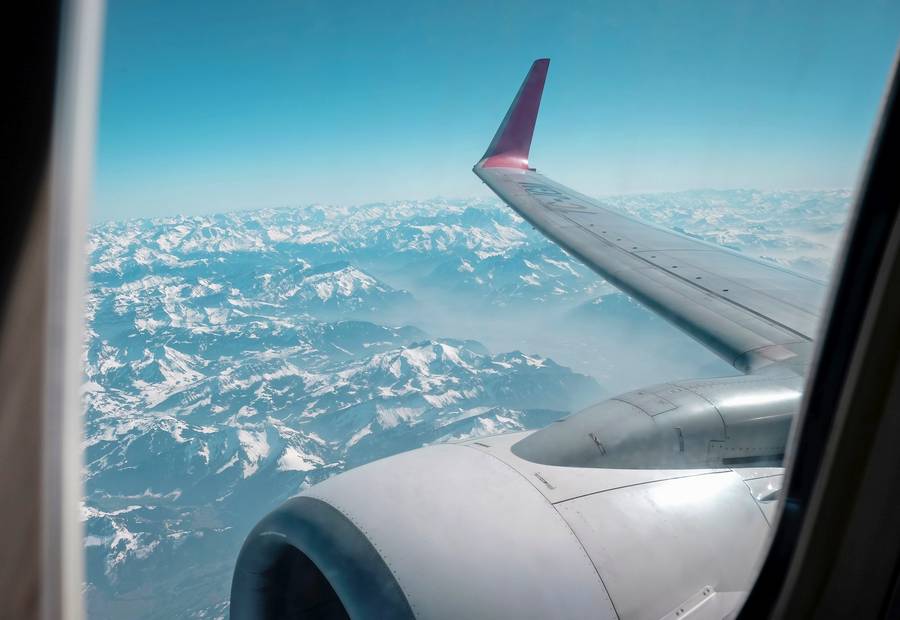Below, we continue our examination of sensory hypervigilance, exploring various causes and treatments of this phenomenon in the context of aviophobia.
About the Author
Suzanne Duke is a doctoral-level developmental psychologist who began her career working with young children and then with university students, particularly helping first-year students adjust to college life and living away from home. She is also a social worker and particularly enjoys treating anxiety disorders, such as fear of flying!
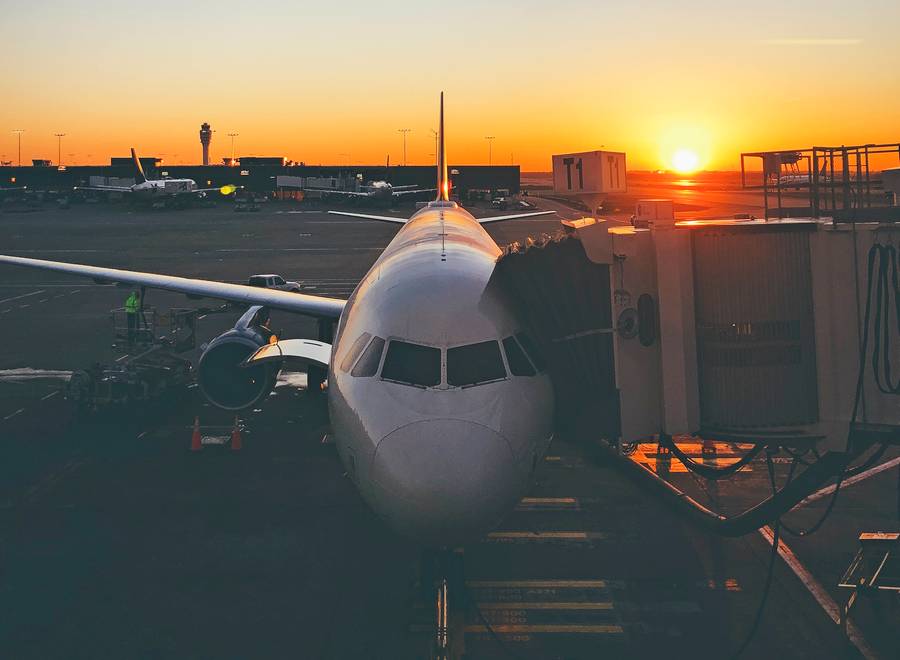
In our previous article, we started a discussion about the role of sensory hypervigilance and its role in the origination and maintenance of fear of flying. We identified inappropriate autonomic nervous system activation, or activation of the fight or flight response in situations that are not actually dangerous, as the culprit for symptoms such as increased heart rate, sweating, feelings of panic, and other physiological and psychological symptoms. Importantly, we also acknowledged that a pre-existing cognitive fear must exist for such inappropriate nervous system activation to occur. Thus, for you, the nervous flyer, to distort sensory experiences specifically as evidence of a problem with the airplane, you must be primed to believe a problem with the plane is likely because flying is inherently dangerous.
In light of that detailed discussion of the origin of sensory hypervigilance, this article will focus on how to identify and manage your hypervigilance as a fearful flyer. Specifically, we will first explore how hypervigilance is critical in maintaining your fear of flying, creating what I term “the hypervigilance trap”. Then, we will discuss ways to break free of the hypervigilance trap, which can be a significant step in managing clinical aviophobia.
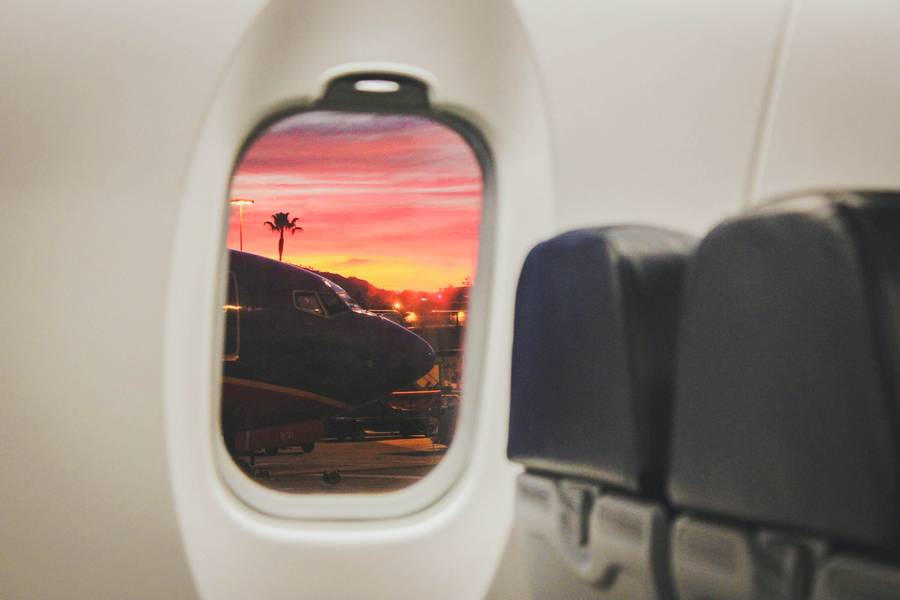
The “hypervigilance trap” and its crucial role in the fear of flying
I am going to describe a situation, and afterward, I want you to simply close your eyes and take 20 seconds to think about if and how this scenario resonates with you. Here we go: when you are on a plane, you recognize that you are very “amped up” – perhaps your heart is beating very fast or you are particularly aware of how strange and scary the sounds in the cabin are – and you want to calm down. But, and you may recognize that this feels irrational, you are afraid if you let your guard down, that’s when the plane will start to fall out of the sky.
Sound crazy but familiar???? You are not alone — I promise. What this thought exercise shows you is how powerful the cognitive components of maintaining hypervigilance actually are, creating what I call “the hypervigilance trap”. You want to calm down, but since it feels like you are holding the plane aloft via your constant hyperattention to the details around you, it would be INSANE to relax. You are, well, trapped.
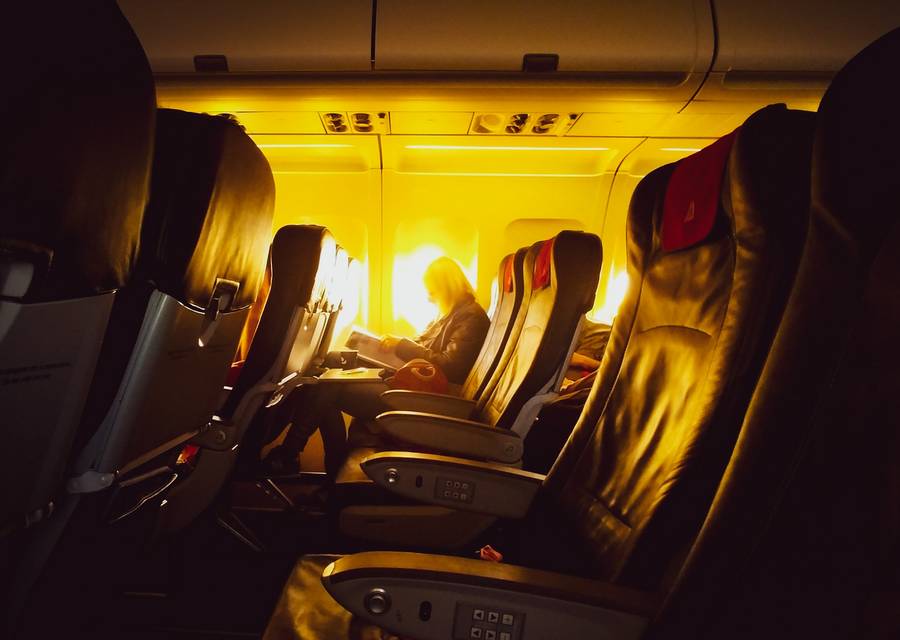
But what you might not know, or perhaps fully realize, is that there is a skeleton key to the hypervigilance trap. You are only trapped if you believe you are in a dangerous situation in the first place. Once you cognitively disassociate fear from flying, the trap loses its power. But that is much easier said than done. So how do we reorient our thinking such that we no longer equate fear with flying?
Breaking free of the hypervigilance trap
We know that hypervigilance occurs because you believe you need to stay alert, monitoring for continuous threats in your environment. But it is possible to reframe your fear such that this sort of monitoring is unnecessary. Below, we examine some of the most effective ways to disconnect fear from flying.
Cognitive behavioral therapy (CBT)
One of the most effective ways to help deal with the cognitive components of the hypervigilance trap is to work with a cognitive behavioral therapist. The goal of this work is to target the thinking process of categorizing flying as a fearful activity and reframe those thoughts as neutral or even positive ones. For example, a cognitive behavioral therapist can help a nervous flyer replace a fear that every plane ride is an incredibly risky activity with the positive thought that a plane ride takes people to new and exciting destinations.
Physiological relaxation techniques
When coupled with a goal of changing thought patterns, some of the simplest relaxation techniques can be extremely beneficial in escaping the hypervigilance trap. For example, as a nervous flyer, you might repeat to yourself the phrase “this flight is the safest thing I will do all day” while taking slow, deep breaths or participating in the behavioral relaxation activity of your choosing. This option is especially optimal because it is cost-free, does not require a clinician for assistance, and can be implemented anytime.
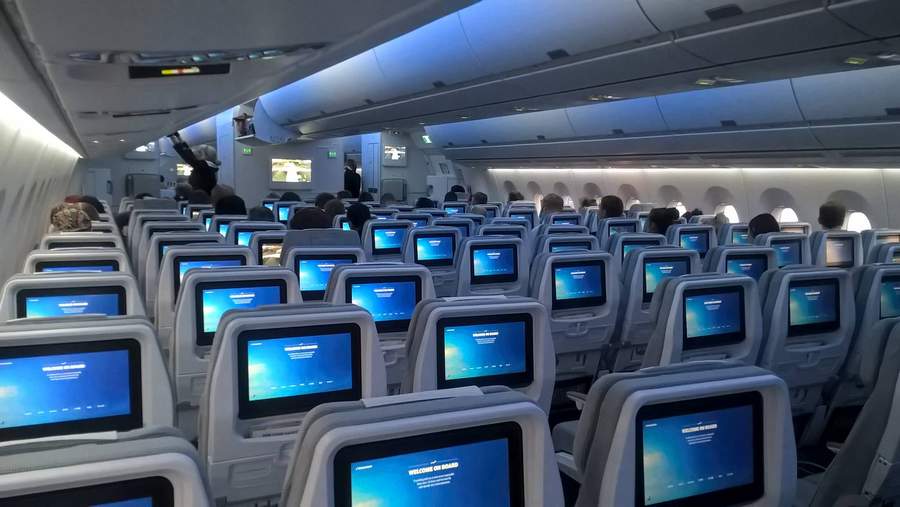
Use of non-addictive anxiety medications
Some nervous flyers struggling to break their hypervigilance may find success with non-addictive anxiety medications, such as beta-blockers or muscle relaxants. If you have tried without adequate success to manage your hypervigilance on your own, it may be useful to talk with a medical professional about non-addictive anxiety medications. These can be used on a short-term basis as you work to consciously disconnect fear and flying; some nervous flyers find that the medication calms them down enough so that they can truly work to identify which thoughts are keeping them entrapped by their hypervigilance.
Breaking free of hypervigilance and beyond
Ultimately, the goal is to view flying as the extraordinarily safe activity that it actually is and therefore totally undeserving of any level of sensory hypervigilance beyond the general level of awareness that keeps us safe in general. I also understand that this can be a very long process for most people.
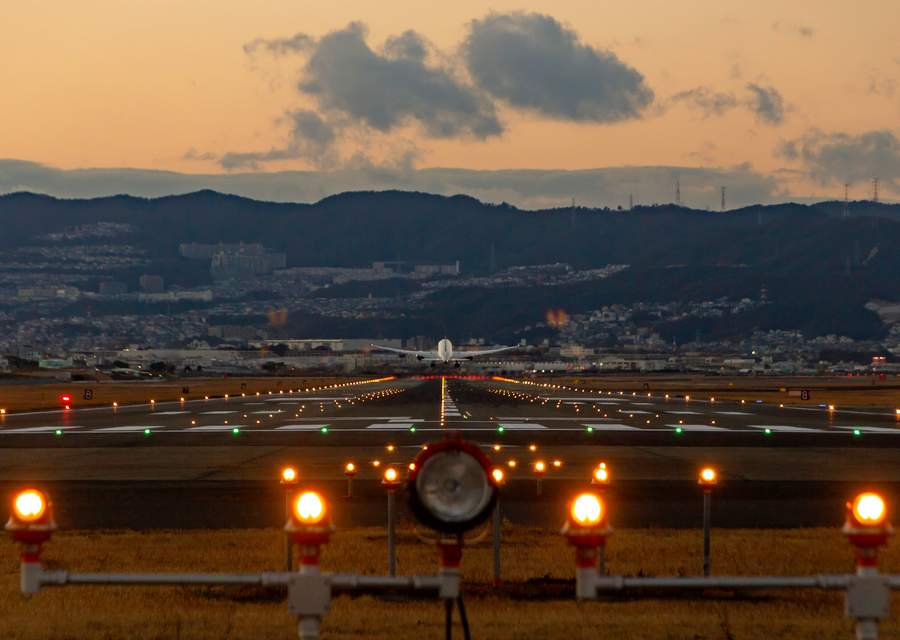
That said, I encourage nervous flyers to keep a hypervigilance log that can be used as a record of progress and to set finite, achievable goals. For example, next time you need to fly, concentrate just on takeoff and your response(s) to it. You might attempt to keep your heart rate below a certain level and put that in your log, as well as any other experiences or achievements of note. Importantly, though, remember that you have already succeeded just by getting on the plane and completing the flight, whether or not you were in control of your hypervigilance. Improvements will come with time and practice.
I hope you found this discussion helpful, and as always, leave a comment for discussion below or feel free to contact me at [email protected].
Previous articles in this series:
- 5 Strategies To Decrease Your Flight Anxiety
- What Exactly IS Aviophobia?
- How and Why Do People Develop a Fear of Flying?
- The Best Ways To Treat Your Fear of Flying?
- Use Medications, Alcohol to Control Flight Anxiety?
- What If My Child is Afraid of Flying?
- Why Does No One Smell Jet Fuel Except Me? (1/2)

